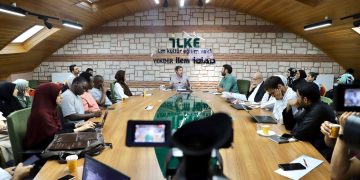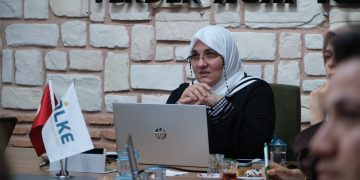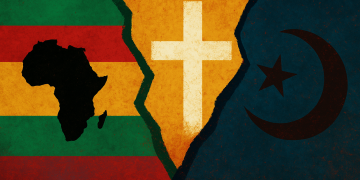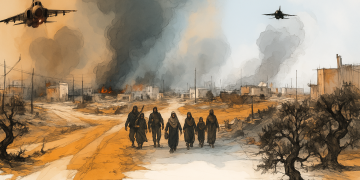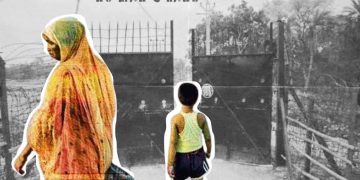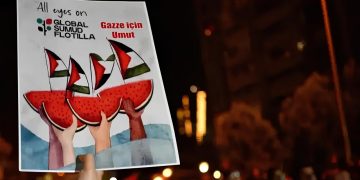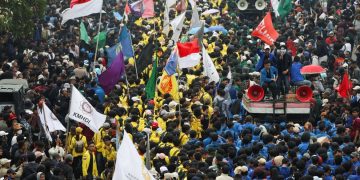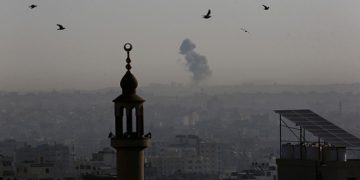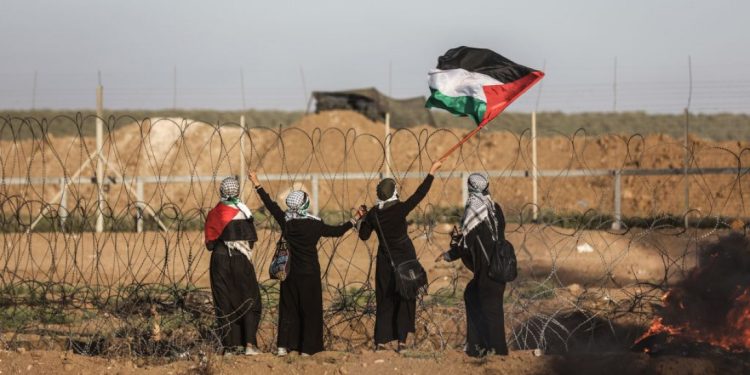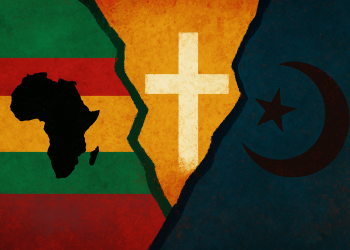Photograph: Agence France-Press.
Since 2008, Gaza, which has been under an unjust siege by Israel, has been subjected to a new oppression in the last days of Ramadan. The protests against the occupying Israel’s evacuation of Palestinian settlements in the Sheikh Jarrah neighborhood of Jerusalem and the resettlement of new settlers, and the conflict that started with the police intervention in the Al-Aqsa Mosque, spread to Gaza. The Israeli army launched a fierce offensive and carried out an intensive bombardment of civilian and military targets. In return, the Gaza resistance responded with around 4,000 rockets.
Gaza’s economy has been severely damaged by the blockade and attacks over the past 13 years. Reports by the United Nations and other organizations estimate the annual losses at around 16 billion dollars.
The limited economic growth in the Gaza region despite the growing population has led to a rapid decline in per capita income. In addition, the increase in poverty leads to an increase in social problems. Between 2007 and 2017, poverty rates increased from 40% to 56% (UN General Assembly, 2020). Economic problems are constantly increasing due to damage to infrastructure and Israeli restrictions. For example, in Gaza, whose infrastructure is damaged with each conflict, electricity supply was reduced to 7 hours per day in 2017-2018. In April 2021, it was 14 hours (OCHA) . These figures are averages and do not reflect the situation of all households.
The blockade in Gaza is being implemented in a way that allows Palestinians only to take a breath to survive, and the oppression continues every day. According to a UN report, based on a document from an Israel-centered human rights organization, it is shown that Israel has determined the basic needs for entry of commercial goods into Gaza through a mathematical model. On the other hand, special permits are required for many equipment items.
The blockade in Gaza is being implemented in a way that allows Palestinians only to take a breath to survive, and the oppression continues every day.
Another reflection of the Gaza blockade and the practices in the occupied Palestinian territories by Israel concerns the use of natural resources. This includes the redirection of water resources towards Israeli use or the pollution of clean water sources belonging to Palestine. Furthermore, the utilization of natural gas reserves discovered off the coast of Gaza, which hold significant potential for the Palestinian economy, is hindered by Israel. In the near future, there is a possibility of these resources also being seized with a colonial mindset.
The recent Gaza attacks, which occurred in the past few days, have been added as the latest link in the chain of Israel’s ongoing oppression. Gaza has suffered significant losses in terms of both humanitarian and economic aspects. In the aftermath of the attacks, 253 people, including 66 children, have been martyred. On the other hand, 107,000 people have been forced to leave their homes, 58 educational institutions, 9 hospitals, 19 clinics, 769 residential areas, and commercial buildings have suffered severe damage, while 15,000 buildings have sustained light damage. 1,042 buildings have been completely demolished (OCHA, 2021)
The daily electricity usage has decreased to as low as 3-4 hours. According to a statement by Hamas, the damage in the industrial zone amounts to 40 million dollars, while in the energy sector, it is 22 million dollars. Additionally, according to the Ministry of Agriculture figures, there is a loss of 27 million dollars in the agriculture and livestock sector (Saul & al-Mughrabi, 2021). The destruction of buildings and facilities has also resulted in millions of dollars in damage.
An AA (Anadolu Agency) news report has stated the total cost of the recent attacks as 150 million dollars (Deveci, 2021).
Israel’s recent attacks on Gaza have demonstrated a new level of military capability and capacity in terms of missile technologies on the Palestinian side. Although the renowned “Iron Dome” air defense system intercepted much of this resistance, the missiles that did reach their targets inflicted substantial financial losses and sparked public outrage, surprising Israel as well.
While it is claimed that one Tamir missile, a component of the air defense system, costs 66,000 Euros, the Gaza-affiliated missiles are estimated to cost only a few thousand dollars each. It is reported that approximately 4,000 missiles were fired during the 11-day conflict. Assuming one Tamir missile is launched for each missile, a rough calculation reveals a cost of approximately 264 million Euros for missiles alone. Additionally, there are other costs associated with the use of the system.
The Bank of Israel stated that the seven-week-long attacks in 2014 resulted in approximately 2 billion dollars in economic losses. The effects of the more intense recent conflicts will become clear in the coming months.
The Israeli occupation and the Gaza blockade continue to systematically suffocate the Palestinian economy. While damaging infrastructure on one hand, the Israeli state also obstructs the Palestinian government from utilizing its natural resources, hindering the development of human capital. In addition to humanitarian aid, there is a need to increase discussions and publications on how Palestine can develop economically, and pressure should be applied to the Israeli government in this regard.
Resources:
Deveci, M. (2021, 24 May). İsrail saldırıları Gazze Şeridi’nde ağır yaralar açtı. Anadolu Ajansı. https://www.aa.com.tr/tr/dunya/israil-saldirilari-gazze-seridinde-agir-yaralar-acti/2252576
Office for the Coordination of Humanitarian Affairs (OCHA). Electricity in the Gaza Strip. https://www.ochaopt.org/page/gaza-strip-electricity-supply
Office for the Coordination of Humanitarian Affairs (OCHA) (2021, May 22). Gaza Strip: Escalation of hostilities 10-21 May 2021. https://www.ochaopt.org/content/gaza-strip-escalation-hostilities-10-21-may-2021
Saul, J. & al-Mughrabi N. (2021, May 20). Factbox-Palestinians, Israelis count cost of 11-day fight. Reuters. https://www.reuters.com/article/us-israel-palestinians-damage-idAFKCN2D12L5
United Nations General Assembly (2020). Economic costs of the Israeli occupation for the Palestinian people: the Gaza Strip under closure and restrictions. https://unctad.org/system/files/official-document/a75d310_en_1.pdf

